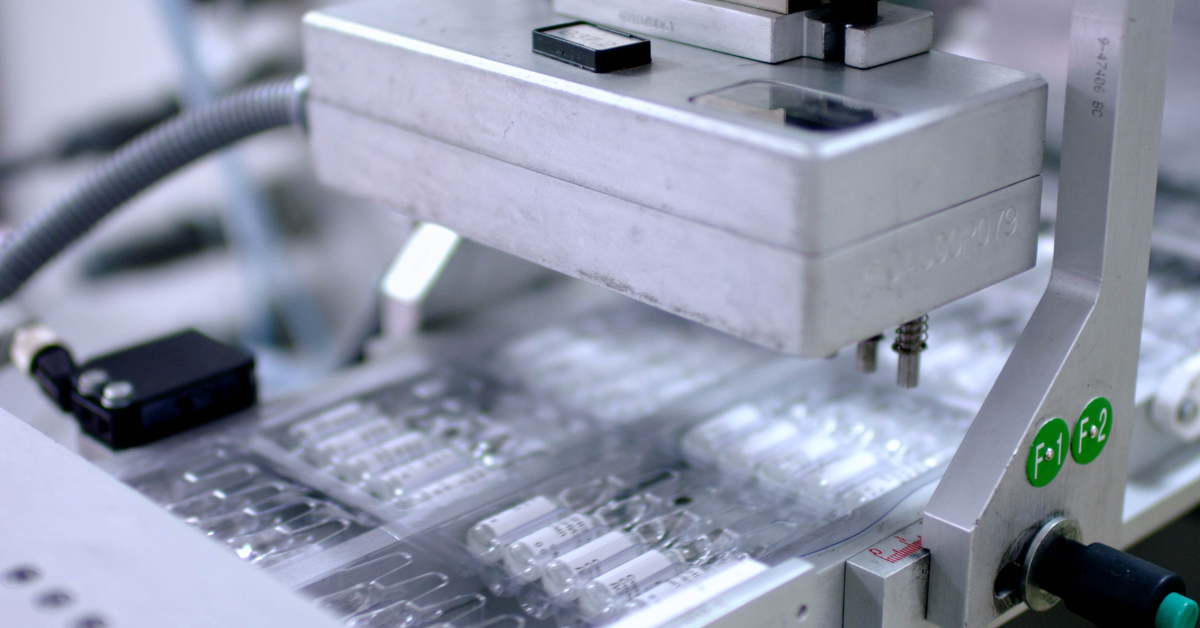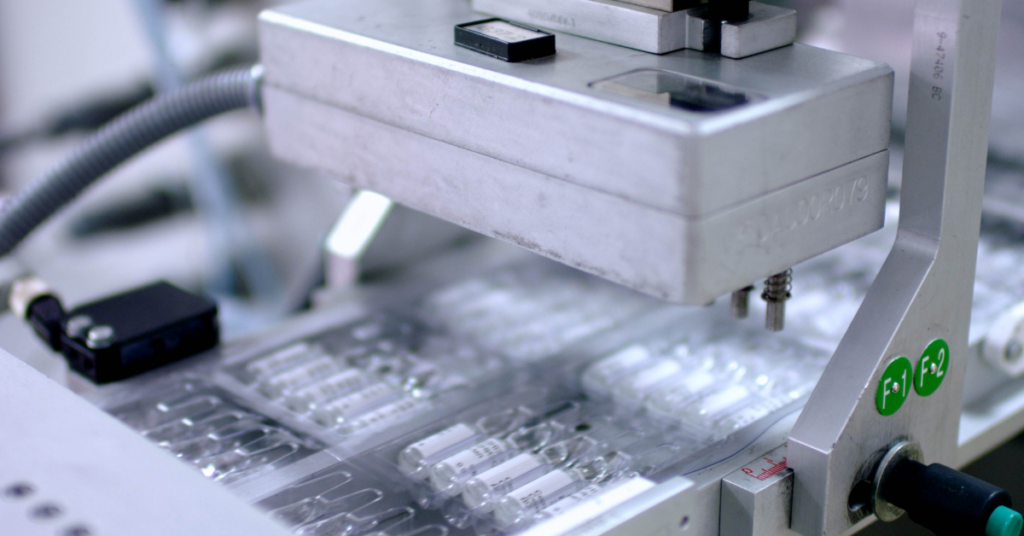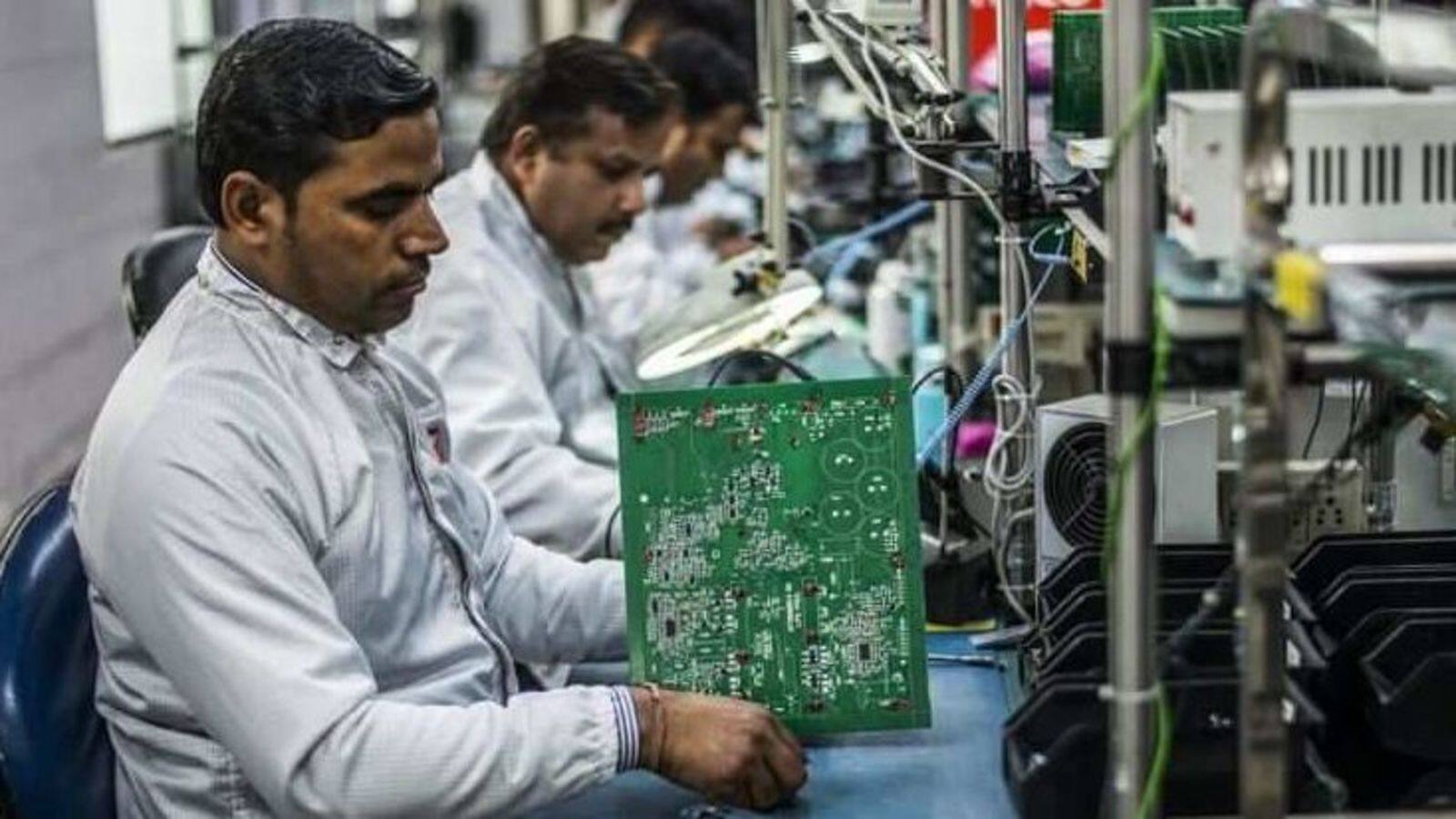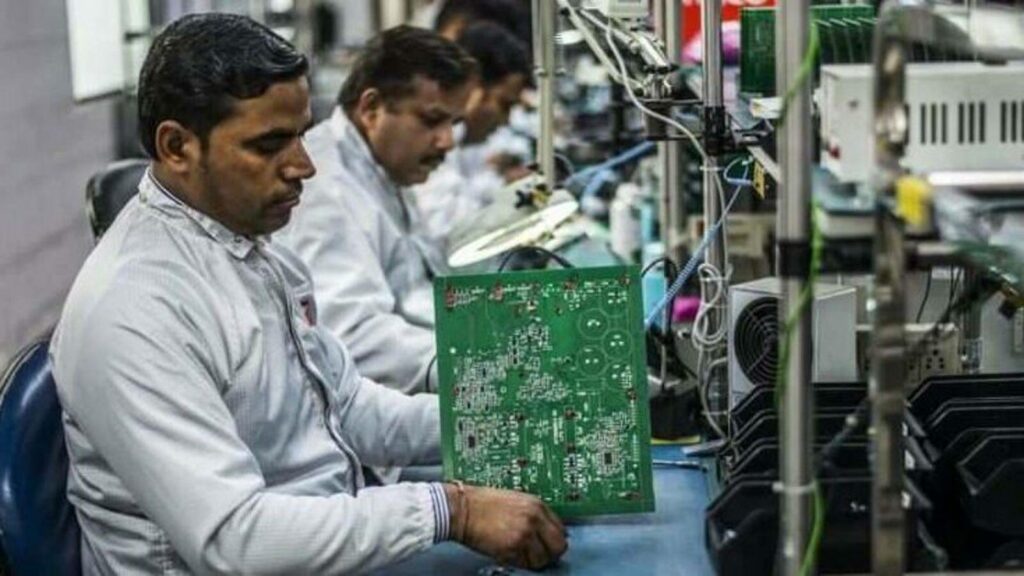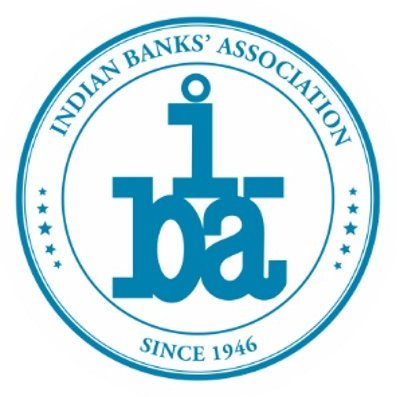
New Challenges and Opportunities for the Dairy Industry Amid Changing Customer Behavior
The dairy industry is currently navigating a landscape rich with opportunities and challenges. New sources such as plant-based dairy alternatives and a focus on sustainability, including precision farming and automation, are reshaping the sector. Additionally, the industry is expanding into new markets.
Ravin Saluja, Director of Sterling Agro Industries (Nova Dairy), highlights that the growing emphasis on health and wellness offers significant potential for dairy FMCG companies. “Consumers are increasingly seeking functional dairy products enriched with probiotics, vitamins, and minerals, catering to diverse dietary needs and preferences. By leveraging scientific research and innovation, dairy brands can capitalize on this trend to offer products that promote overall well-being and address specific health concerns,” Saluja explains.
The increasing popularity of plant-based diets and rising lactose intolerance have fueled the demand for dairy alternatives. “FMCG companies have the opportunity to diversify their product portfolios by introducing plant-based dairy alternatives made from almonds, soy, oats, and other plant sources. Embracing this trend enables dairy brands to tap into new consumer segments while contributing to sustainability goals and reducing environmental impact,” Saluja adds.
Aman J Jain, CEO and Co-Founder of Doodhvale emphasizes the importance of adapting to new trends. “Dairy brands should consider developing digital marketing approaches, interacting with customers on social networks, and offering personalized experiences. Steps toward long-term sustainability, transparency in production processes, and the use of sustainable materials can appeal to specific customers. Functional dairy products, plant-based and fortified creations can address various dietary choices and health needs,” Jain states.
Challenges for the Dairy Industry
The dairy industry faces mounting pressure to address sustainability and environmental challenges, such as greenhouse gas emissions, water usage, and animal welfare concerns. “FMCG companies must adopt sustainable practices throughout the value chain, from sourcing raw materials to packaging and distribution, to mitigate environmental impact and meet consumer expectations for ethical and eco-friendly products,” says Saluja.
Compliance with stringent regulatory requirements and quality standards also presents a challenge, particularly in a globalized marketplace with diverse regulatory frameworks. “Ensuring product safety, traceability, and adherence to labeling regulations is essential to maintain consumer trust in dairy products. FMCG companies must invest in robust quality assurance systems and compliance measures to navigate regulatory complexities and uphold industry standards,” Saluja notes.
Economic uncertainty, geopolitical tensions, and market volatility are significant challenges, affecting supply chain stability, pricing dynamics, and consumer spending patterns. Fluctuations in commodity prices, currency exchange rates, and geopolitical developments can disrupt operations and profitability, necessitating agile and adaptive strategies to manage risks and seize opportunities in dynamic market environments.
“The main problems that dairy industries face are fluctuating raw material prices, increasing regulatory measures, issues around emission reduction and water usage, ethical concerns for animal welfare, the shift in consumer behavior towards non-animal-based products, and the increasing prevalence of lactose intolerance and dairy product allergies,” Jain elaborates.
Furthermore, supply chain disruptions, workforce shortages, and the pressure to maintain sustainable operations add to the industry’s challenges.
Despite these challenges, stakeholders agree that the dairy sector has a promising future, provided it adapts effectively to changing consumer preferences.








